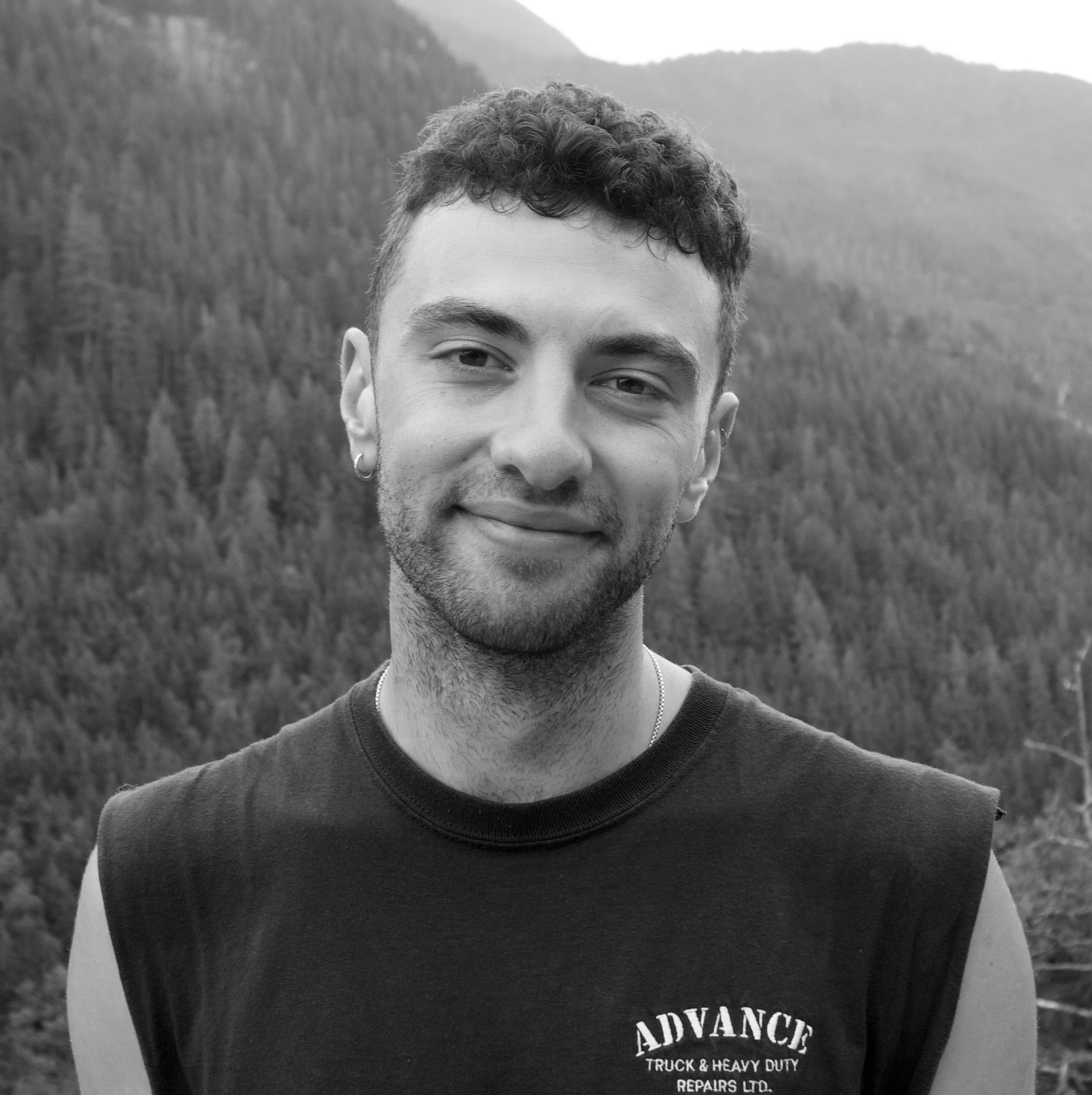Investigating Radiation (Cambridge (CIE) O Level Physics) : Revision Note
Investigating Thermal Radiation
Aims of the Experiment
The aim of the experiment is to investigate how the amount of infrared radiation absorbed or radiated by a surface depends on the nature of that surface
Variables
Independent variable = Colour
Dependent variable = Temperature
Control variables:
Identical flasks (except for their colour)
Same amounts of hot water
Same starting temperature of the water
Same time interval
Equipment List
Equipment | Purpose |
|---|---|
Kettle | To boil water |
4 thermometers | Measure the temperature of water |
Flasks painted different colours (black, dull grey, white, silver) | Investigate heat loss in flasks of different colours |
Heatproof mat | Protect surface and prevent heat loss from the bottom of the flasks |
Stopwatch | Record time taken for water to cool |
Resolution of measuring equipment:
Thermometer = 1°C
Stopwatch = 0.01 s
Method
Four Flasks with Thermometers

Set up the four identical flasks painted black, grey, white and silver
Fill the flasks with hot water, ensuring the measurements start from the same initial temperature
Note the starting temperature, then measure the temperatures at regular intervals e.g. every 30 seconds for 10 minutes
Analysis of Results
All warm objects emit thermal radiation in the form of infrared waves
The intensity (and wavelength) of the emitted radiation depends on:
The temperature of the body (hotter objects emit more thermal radiation)
The surface area of the body (a larger surface area allows more radiation to be emitted)
The colour of the surface
Most of the heat lost from the beakers will be due to conduction and convection
This will be the same for each beaker, as colour does not affect heat loss in this way
Any difference in heat loss between the beakers must, therefore, be due to infrared (thermal) radiation
To compare the rate of heat loss of each flask, plot a graph of temperature on the y-axis against time on the x-axis and draw curves of best fit
The expected results are shown on the graph below:
Expected Results and Conclusions

An example table of results might look like this:
Example Results Table

Evaluating the Experiment
Systematic Errors:
Make sure the starting temperature of the water is the same for each material since this will cool very quickly
It is best to do this experiment in pairs to coordinate starting the stopwatch and immersing the thermometer
Use a data logger connected to a digital thermometer to get more accurate readings
Random Errors:
Make sure the hole for the thermometer isn’t too big, otherwise the heat will escape through the hole
Take repeated readings for each coloured flask
Read the values on the thermometer at eye level, to avoid parallax error
Safety Considerations
Keep water away from all electrical equipment
Make sure not to touch the hot water directly
Run any burns immediately under cold running water for at least 5 minutes
Do not overfill the kettle
Make sure all the equipment is in the middle of the desk, and not at the end to avoid knocking over the beakers
Carry out the experiment only whilst standing, in order to react quickly to any spills

You've read 0 of your 5 free revision notes this week
Sign up now. It’s free!
Did this page help you?
